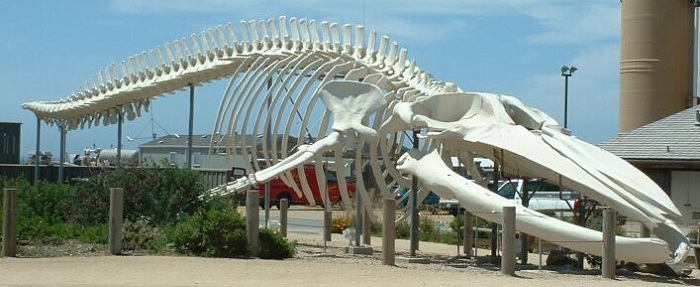Podcast: Play in new window

BOB HIRSHON (host):
A whale of a difference. I’m Bob Hirshon and this is Science Update.
The world’s largest animals, baleen whales, gorge on thousands of pounds of tiny krill every day, while their smaller toothed cousins – such as killer whales and dolphins – go after larger prey like fish and squid. Now, researchers write in Scientific Reports that a single protein difference in the melanocortin-4 receptor could help explain the differences in feeding behavior between the two groups. University of Michigan neurobiologist Roger Cone says in humans, the MC4 receptor is associated with obesity.
ROGER CONE (University of Michigan):
And in the blue whales what we found was a form of the MC4 receptor that is not as good at telling the animals to quit eating.
HIRSHON:
Cone says the gene may have played a role in the body size explosion that took place in baleen whales several million years ago, resulting in the largest animals the planet has ever known. I’m Bob Hirshon, for AAAS, the science society.
Story by Susanne Bard
